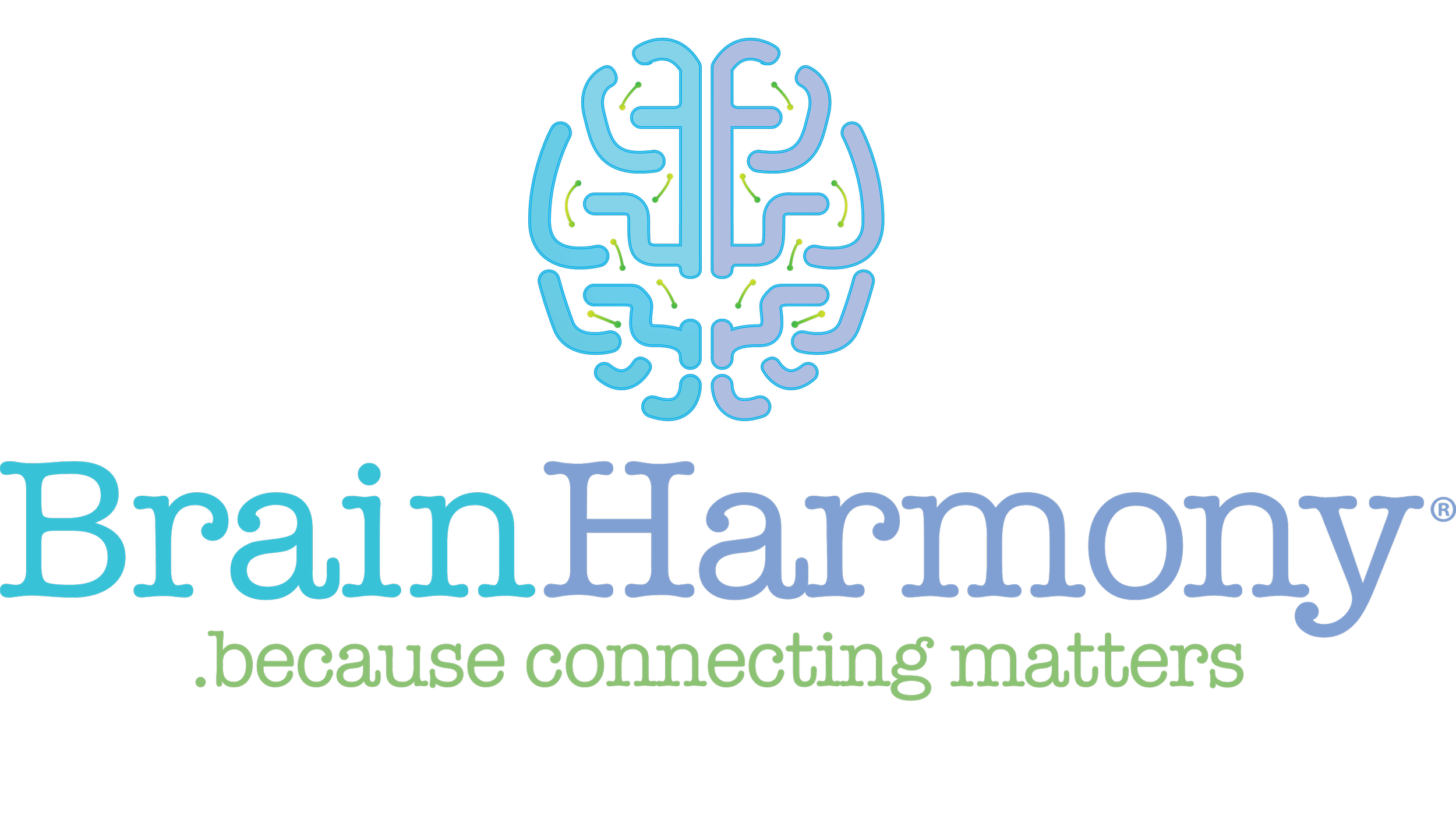The Safe and Sound Protocol Find Inner Calm in Just Five Days
Now more than ever, many of us are struggling to find a sense of calm in an uncertain world. Life can be stressful -- and when that stress goes on for too long, it can have a lasting impact on how you think and feel.
When your brain feels threatened, it shifts your nervous system into “fight-or-flight”: a defensive state that’s meant to keep you safe. If you’re continually stressed, that defensive state can take a toll on your health, as well as how you think, feel, and connect to others.
If you’re feeling stressed or overwhelmed, we can help. The Safe and Sound Protocol (SSP) is a non-invasive way to rewire your nervous system to relax -- after just five days of training.
What Is the Safe and Sound Protocol?
The SSP is a simple, effective way to calm down your nervous system. It works by stimulating your vagus nerve, a part of your nervous system that interprets cues and signals from the world around you.
Your vagus nerve responds to noise in your environment. SSP uses specially designed music playlists to help rewire your vagus nerve for calm, putting you in a state of physiological and emotional relaxation.
SSP is especially helpful if you struggle with:
Social and emotional difficulties
Auditory sensitivities
Anxiety and trauma-related challenges
Inattention
Stressors that impact social engagement
SSP also helps to organize your brain, improving your ability to interpret human speech and the emotion behind language. It’s ideal for helping children with developmental speech delays, autism, or trouble listening or focusing.
We use SSP as the first step of treatment with almost all of our patients. Therapy can be stressful; by calming your nervous system and creating a feeling of safety, you become much more open to positive change.
SSP Nourishes Your Brain and Creates a Sense of Safety
The SSP is a five-day protocol that’s accessible to almost anyone, at almost any age. You can even do it from the comfort of your home.
Our licensed therapists work with you to develop a custom plan of care. Once we understand your needs, we send you a playlist specifically designed to activate your vagus nerve and create a sense of calm.
All you have to do is listen to the music in a calm, safe environment. Sounds simple but it is extremely powerful therapy.
By the end of the SSP, you’ll feel safer, calmer, and more relaxed.
Brain Harmony’s Unique Approach to SSP
At Brain Harmony, we’ve used SSP to help more than 3,000 patients -- more than any other therapy practice in the world.
Many talk therapists use SSP to remove effects of trauma on the nervous system so that patients are more available for talk therapy. While that’s a valuable approach, we view SSP a bit differently.
We view SSP as an activator. It helps to take down barriers, making your brain more flexible and increasing its ability to learn and improve. At Brain Harmony, SSP is the first step in changing your brain.
Our therapists follow SSP with other technology and exercises that trigger neuroplasticity -- literal rewiring of your brain.
This is very different from a talk therapy approach. Our tools and exercises teach your brain to reorganize itself, building new connections and creating lasting change at a biological level. That’s why we have success in helping patients with autism, dyslexia, sensory processing, brain injuries, and other challenges.
Brain Harmony’s approach to therapy doesn’t just teach you to think differently. It trains your brain to structure itself differently, creating long-term improvement -- and SSP is the first step.
Is the Safe and Sound Protocol Right for You?
If you or a loved one is struggling with stress, anxiety, trauma, sensory sensitivity, social engagement, or trouble paying attention, SSP can help. It works well on its own, but is even better if you combine it with other therapies.
If you’re interested in SSP, why not book a free consultation today? Our licensed therapists can work with you to develop a personalized plan of care based on your unique needs.


